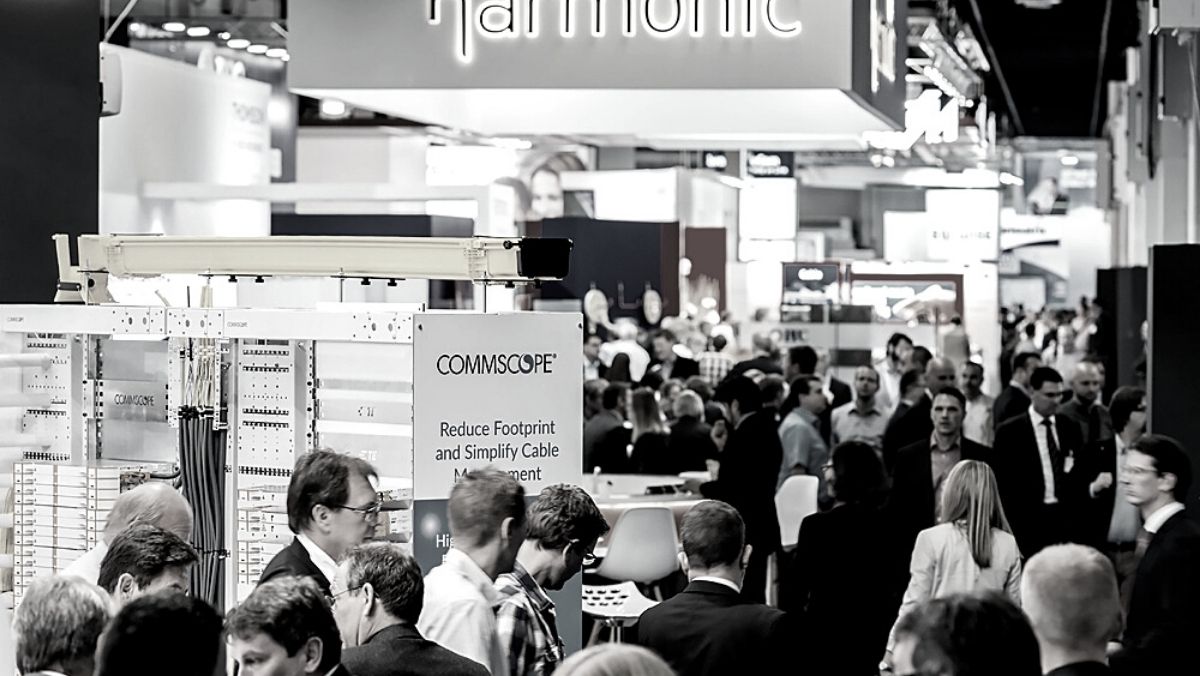Most marketers agree that measuring return on investment for events and exhibitions is difficult. Often the returns are not evident immediately, and the costs are all too clear. But in a cost-conscious world, doing an exhibition or an event “because we’ve always done it” is becoming a poor excuse. We’re all being asked to quantify the benefits and calculate ROI. The fact is that “because we’ve always done it” can be translated into something less subjective with a little more thought. Think about it. “We’ve always done it” should be followed with “because…”
This “because” could be any or all of the following:
-
- Our competitors are there
- Our customers expect it
- It’s where most new product launches happen in our industry
Your competitors are there
This can only be a justifiable reason to exhibit if all your buyers and influencers are there too. If that’s the case, then you have the makings of an ROI calculation. It goes like this…
- What percentage of your target market turns up at the show and gains brand awareness?
- How many new buyers do you expect to meet?
- What is the typical conversion rate for a lead from an event/exhibition?
- What is the lifetime value of each new customer?
It’s easy to see that it costs £50k to attend the exhibition but you are likely to improve brand awareness and if you gain just 2/3 new customers each with a lifetime value of over £25k then you are starting to make a return.
Your customers expect it
If this event isn’t taken seriously by customers with no return for you, then you really should think about either ditching it or doing it differently. But, is this really the case? We all know the old adage that people buy from people. So it is important to create a lasting and positive experience to achieve an increase in your business revenues – your job is to ensure maximum impact.
How to quantify the reason for investment in an event?
- Look at customer retention rates and compare the average lifetime value of the customers who attend this particular event in comparison with those who don’t. Is it better or worse? (it should be better), If there’s no difference or its worse, then this could be a sign you shouldn’t be doing it
- How about attendance figures? Are they increasing or declining?
- And what about the buzz around the event? Is it positive or negative? Do your customers come to berate you about support issues or to have a good time? If they come to berate you, then it’s time to look at other (probably more cost-effective) ways to sort out their issues. If the event is normally positive, then see if there is the opportunity to invite more prospects so that they can learn from existing customers about how great you are. Better still ask your customers to invite potential buyers that they know
- Customer testimonials are powerful – done in person, they are really powerful. You can use either written testimonials or videos. That way, you are using your customer event not only for retention but for lead generation too.
It’s where most product launches are done in your industry
- If you don’t launch at this exhibition and you do it another way, what will be the expected impact?
- How many potential buyers will you expose to your new product if you include actual visitors and recipients of publicity about the event?
- How else could you create that same level of awareness and interest? What’s been your previous experience with product launches in this target market?
- Can you use that to derive a number of leads, conversion rate and lifetime value of each new customer?
Or, look at it another way…
- What is the cost of exhibiting?
- What is the expected lifetime value of each buyer of this product?
- How many new customers do you need to obtain an ROI?
- Is that feasible given your average sales conversion rates and the expected number of buyers who will attend the show?
So, having made that justification and decided you are going to create an event or invest in an exhibition stand you might want to take a look at the actions you need to carry out post-event in order to measure the actual ROI.
